Qinghua Chen
Computing Cliques and Cavities in Networks
Jan 03, 2021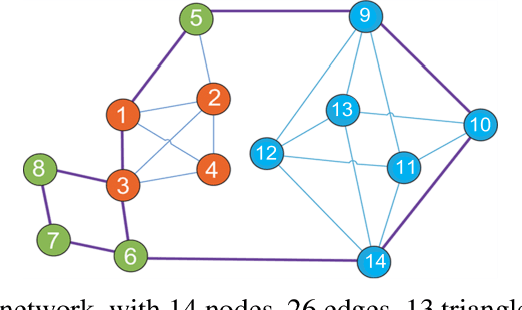

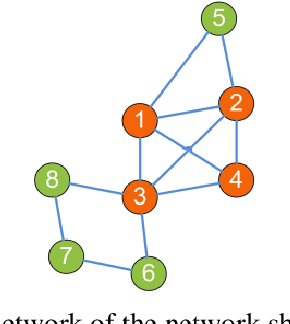
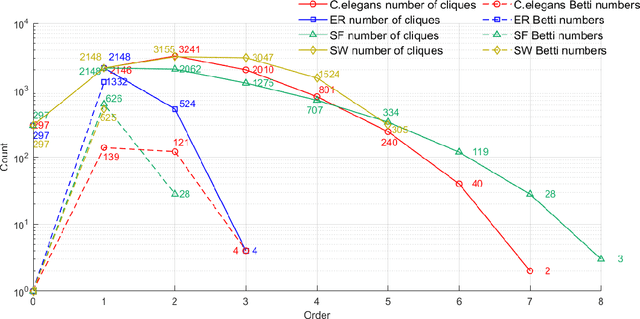
Abstract:Complex networks have complete subgraphs such as nodes, edges, triangles, etc., referred to as cliques of different orders. Notably, cavities consisting of higher-order cliques have been found playing an important role in brain functions. Since searching for the maximum clique in a large network is an NP-complete problem, we propose using k-core decomposition to determine the computability of a given network subject to limited computing resources. For a computable network, we design a search algorithm for finding cliques of different orders, which also provides the Euler characteristic number. Then, we compute the Betti number by using the ranks of the boundary matrices of adjacent cliques. Furthermore, we design an optimized algorithm for finding cavities of different orders. Finally, we apply the algorithm to the neuronal network of C. elegans in one dataset, and find its all cliques and some cavities of different orders therein, providing a basis for further mathematical analysis and computation of the structure and function of the C. elegans neuronal network.
The 'Letter' Distribution in the Chinese Language
May 26, 2020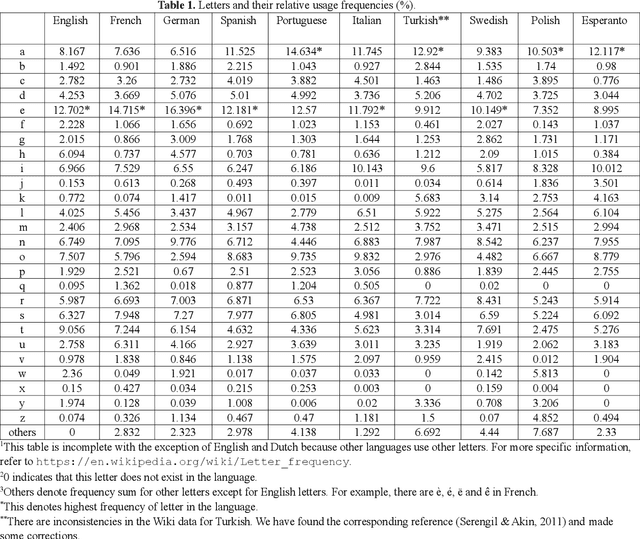
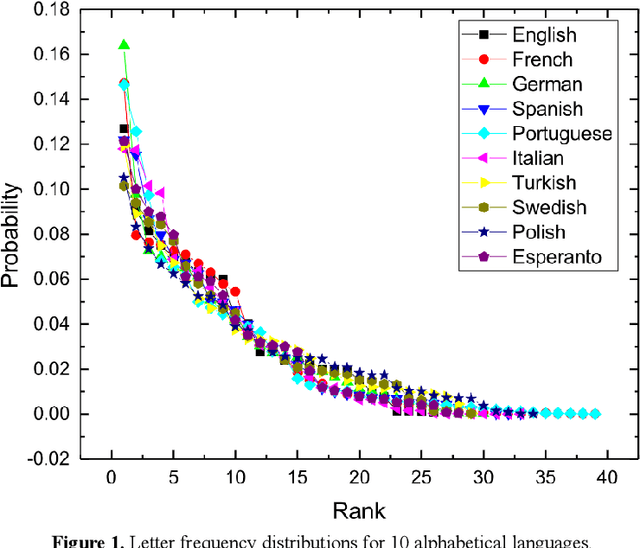

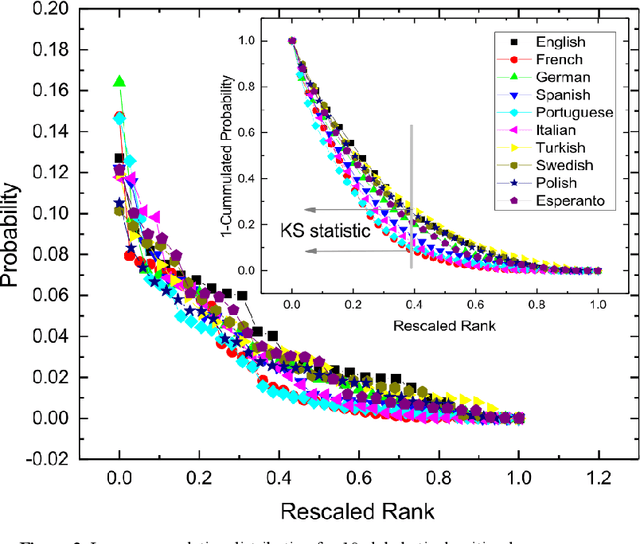
Abstract:Corpus-based statistical analysis plays a significant role in linguistic research, and ample evidence has shown that different languages exhibit some common laws. Studies have found that letters in some alphabetic writing languages have strikingly similar statistical usage frequency distributions. Does this hold for Chinese, which employs ideogram writing? We obtained letter frequency data of some alphabetic writing languages and found the common law of the letter distributions. In addition, we collected Chinese literature corpora for different historical periods from the Tang Dynasty to the present, and we dismantled the Chinese written language into three kinds of basic particles: characters, strokes and constructive parts. The results of the statistical analysis showed that, in different historical periods, the intensity of the use of basic particles in Chinese writing varied, but the form of the distribution was consistent. In particular, the distributions of the Chinese constructive parts are certainly consistent with those alphabetic writing languages. This study provides new evidence of the consistency of human languages.
 Add to Chrome
Add to Chrome Add to Firefox
Add to Firefox Add to Edge
Add to Edge